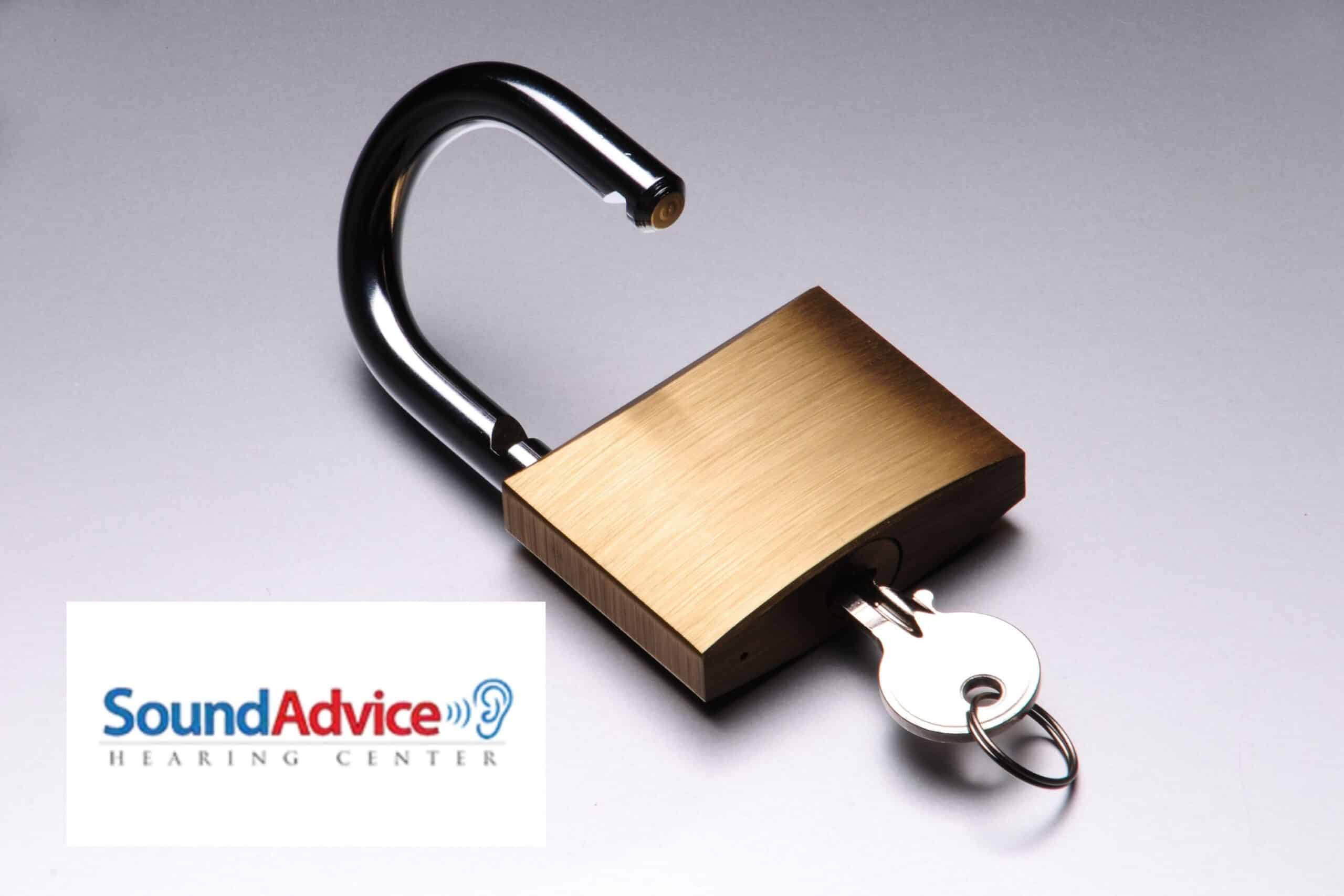When it comes to our overall well-being, hearing health plays a vital role. Our ability to hear and communicate with others allows us to fully engage in the world around us. Unfortunately, hearing loss affects millions of people, impacting their quality of life. However, thanks to advancements in technology, modern hearing aids are changing the game and providing a leap into the future of sound.
Miniaturization and Design Innovations
Gone are the days of bulky and obvious hearing aids. Today, hearing aids come in smaller and more discreet models that are barely noticeable when worn. This miniaturization provides several benefits, the first being enhanced comfort. Smaller devices fit more snugly and comfortably in the ear, making them a joy to wear throughout the day. Additionally, the discreet nature of these hearing aids allows users to confidently go about their daily lives without drawing unnecessary attention.
But it’s not just about size; modern hearing aids offer a wide range of design options and customization. Whether you prefer a sleek and minimalist look or a more vibrant and personalized style, there is a hearing aid to suit your taste. Customization options allow users to express their individuality while still benefiting from the latest hearing aid technology.
Wireless Connectivity and Accessibility Features
In today’s interconnected world, wireless connectivity has become a standard feature in modern hearing aids. This means you can stream audio directly to your hearing aids from various devices, including smartphones, TVs, and music players. This feature offers a seamless listening experience, where sound is delivered directly to your ears without any external interference. Whether you’re enjoying your favorite music or having a conversation on your phone, wireless connectivity ensures crystal-clear sound and effortless communication.
Moreover, smartphone apps and remote control options have revolutionized the usability of hearing aids. With just a few taps on your phone, you can adjust volume settings, switch between listening programs, and even locate misplaced hearing aids. This level of control puts the power in your hands, allowing you to personalize your hearing experience according to your specific needs.
For those with telecoil technology in their hearing aids, even more accessibility options are available. Telecoil allows users to connect with loop systems commonly found in public spaces such as theaters, churches, and airports. This feature eliminates background noise and delivers sound directly to the hearing aids, making it easier to understand and engage with the environment.
Artificial Intelligence and Machine Learning
Artificial Intelligence (AI) and machine learning have made their way into the world of hearing aids, bringing unprecedented benefits for users. With AI algorithms, hearing aids can adapt to various listening environments, automatically adjusting settings to optimize sound quality. This ensures that conversations remain clear and background noise is effectively reduced, allowing users to focus on what matters most.
Furthermore, personalized hearing experiences are now possible through AI and machine learning. Hearing aids can learn from user preferences and behaviors to deliver a tailored sound experience. Whether you’re in a noisy restaurant or a quiet room, your hearing aids will adapt to provide you with the best possible listening experience, ensuring every conversation is heard and understood.
Health Monitoring and Tracking
Hearing aids are no longer just amplification devices; they are now equipped with built-in health monitoring features. These advanced capabilities allow users to track daily activity, heart rate, and even cognitive health. By monitoring these metrics, hearing aids can provide valuable insights into overall well-being. This technology has the potential to detect early signs of health conditions such as cardiovascular issues or cognitive decline, enabling users to take proactive measures for their overall health.
Environmental Adaptation and Speech Enhancement
Modern hearing aids excel in adapting to different listening environments. With environmental adaptation features, they can recognize different sound situations and automatically adjust settings to ensure optimal performance. Whether you’re in a crowded restaurant or a quiet room, the technology within these hearing aids guarantees the best possible listening experience.
Additionally, speech enhancement technology has improved communication for those with hearing loss. These advancements focus on isolating and enhancing speech signals, making it easier to understand conversations even in challenging listening situations. Directional microphones and noise reduction algorithms work together to minimize background noise and amplify speech, ensuring that important conversations are clear and accessible.
Future Trends and Innovations
As technology continues to evolve, the future of hearing aid technology looks promising. We can expect even more advancements in areas such as AI and machine learning, further enhancing the capabilities of hearing aids. These developments will enable even more personalized and intelligent sound experiences, making everyday communication effortless and enjoyable.
The future of sound is here, and it comes in the form of modern hearing aids. With miniaturization, wireless connectivity, AI capabilities, health monitoring features, and environmental adaptation, these devices are transforming the way we hear and engage with the world. It’s time to embrace the cutting-edge technology and take a leap into the future of sound. If you’re interested in discovering how these advancements can improve your hearing experience, schedule a consultation with Sound Advice Hearing Center today. Don’t let hearing loss hold you back – experience the joy of sound again with modern hearing aids.


